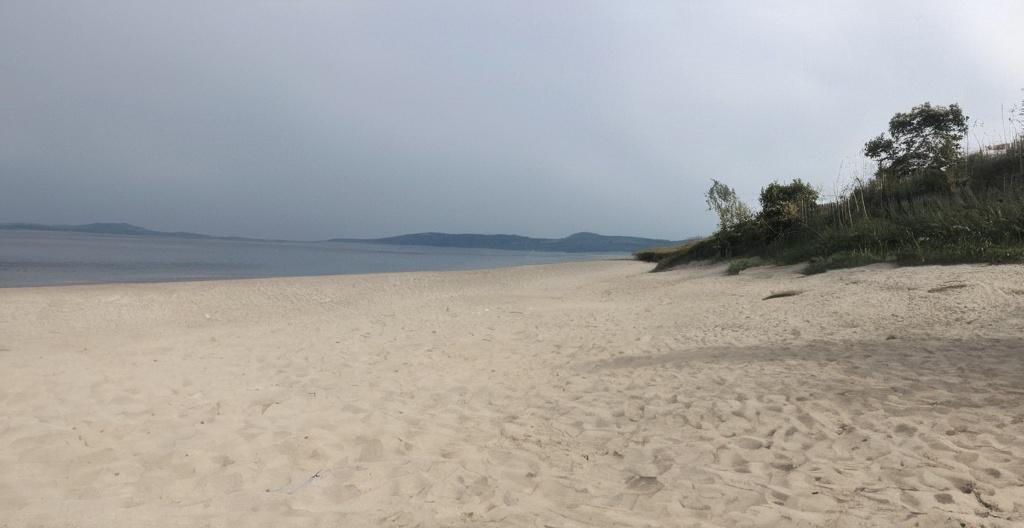Key Take Aways About Beaches in Japan
- Okinawa boasts stunning beaches and vibrant marine life, ideal for scuba diving and snorkeling.
- Yonaha Maehama on Miyakojima is a serene, secluded stretch perfect for relaxation.
- Shirahama offers imported white sand and nearby hot springs for a unique experience.
- Suishohama on Noto Peninsula provides solitude and camping opportunities.
- Amami Oshima combines beach relaxation with cultural exploration of traditional villages.
- Niijima features unique silica sand and is an artistic hub for surfers and creatives.
- Zushi Beach, near Tokyo, offers a laid-back atmosphere with a view of Mount Fuji.
- Plan beach visits outside typhoon season (June-October) to avoid disruptions.

Exploring Japan’s Best Beaches
Imagine walking along Japan’s sandy coasts, where the ocean’s embrace meets ancient culture. Japan, known for its neon lights and sushi spots, isn’t all about skyscrapers and ramen. The beaches here, yep, they’ve caught the eyes of wanderers too.
Getting to the Basics: Okinawa’s Charm
Okinawa is the heart and soul of Japanese beaches. With over 160 islands, it flaunts beaches that are drop-dead gorgeous. Think crystal waters and soft sands. If you’re into scuba diving, then Okinawa’s waters wave a big hello. Marine life buzzes with vibrant coral reefs. Even if you’re not a diver, snorkeling offers up close interactions with the colorful underwater residents.
Ishigaki Island stands out of the crowd with beaches like Kabira Bay. No swimming here due to strong currents, but the views alone make it worth the trip. And who wouldn’t want to see waters as clear as glass?
The Quiet Bliss of Yonaha Maehama
Stepping onto Yonaha Maehama in Miyakojima feels like entering a quiet sanctuary. Stretching over four miles, it’s a place where you might just find yourself alone, away from the hustle. The sand, soft as powdered sugar, stretches out beautifully. It’s perfect for a lazy day, soaking up sun rays or starring in your own cheesy slow-motion beach video.
Shirahama: Not Just a Beach
On Honshu, Shirahama takes the spotlight. Its name means “white beach,” and it lives up to it. The sand here was imported from Australia—not a word of a lie—so it’s arguably as global as sushi rolls with avocado. Nearby, you’ll find some hot springs—onsen if you’re brushing up on Japanese—that are perfect for washing away travel fatigue.
Noto Peninsula’s Secret: Suishohama
Noto Peninsula isn’t on everyone’s radar, and that’s what makes it special. Suishohama Beach is one of those places that feels untouched. With its azure waters and lesser-known status, it’s for those who like their solitude. Camping is allowed here, making it a great spot for a weekend getaway with a tent and good company.
The Cultural Touch: Amami Oshima
For those who want a little bit of culture with their sunbathing, Amami Oshima offers heritage mixed with sand. Once you’ve had your fill of chilling on the beach, explore the old villages and check out the traditional silk production. Each village has its own story, just waiting to be heard over a serene cup of matcha.
Niijima and the Artistic Sands
Niijima, part of the Izu Islands, serves more than a picturesque beach scene. Habushiura Beach attracts surfers, while also being famed for its unique white silica sand, which artists use for sculptures during the Niijima International Glass Art Festival. This beach is for the creative souls looking for inspiration in every wave and grain of sand.
A Beach Not Yet Overrun: Zushi Beach
Close to Tokyo, Zushi Beach hasn’t been overrun. It’s a laid-back spot favored by the locals. The view of Mount Fuji in the background gives it a picturesque edge. During summer, the area buzzes with beach huts offering local treats. A perfect spot to blend in, just like cream in coffee.
Mind the Typhoons
Before packing for a beach trip to Japan, keep an eye on the calendar. Typhoon season, running from June to October, can quickly turn your beach plans into a bad hair day. It’s best to plan your beach visits either in early summer or late autumn to dodge the windy mess.
Japan’s beaches, with their distinct flair, offer more than just a sandy retreat. They’re a gateway to the cultural richness and natural beauty of the archipelago, awaiting only those who dare to step off the beaten path or simply lay in the sun with a book in hand.